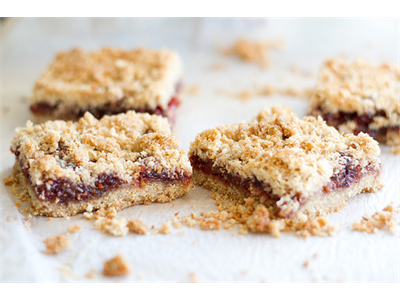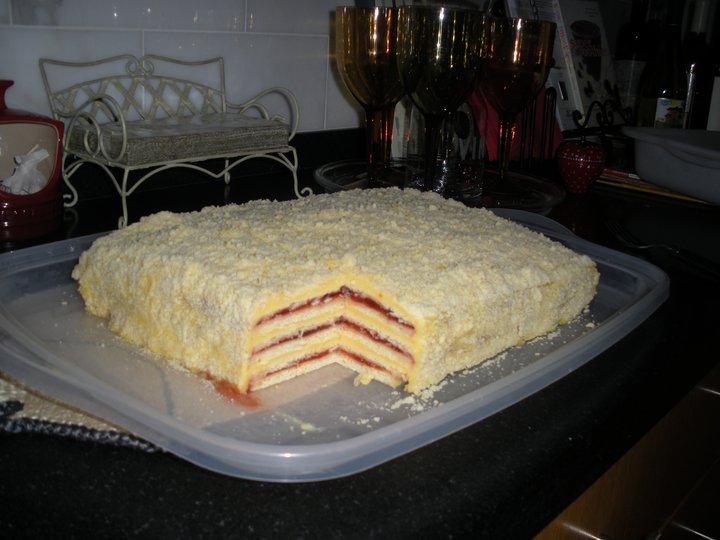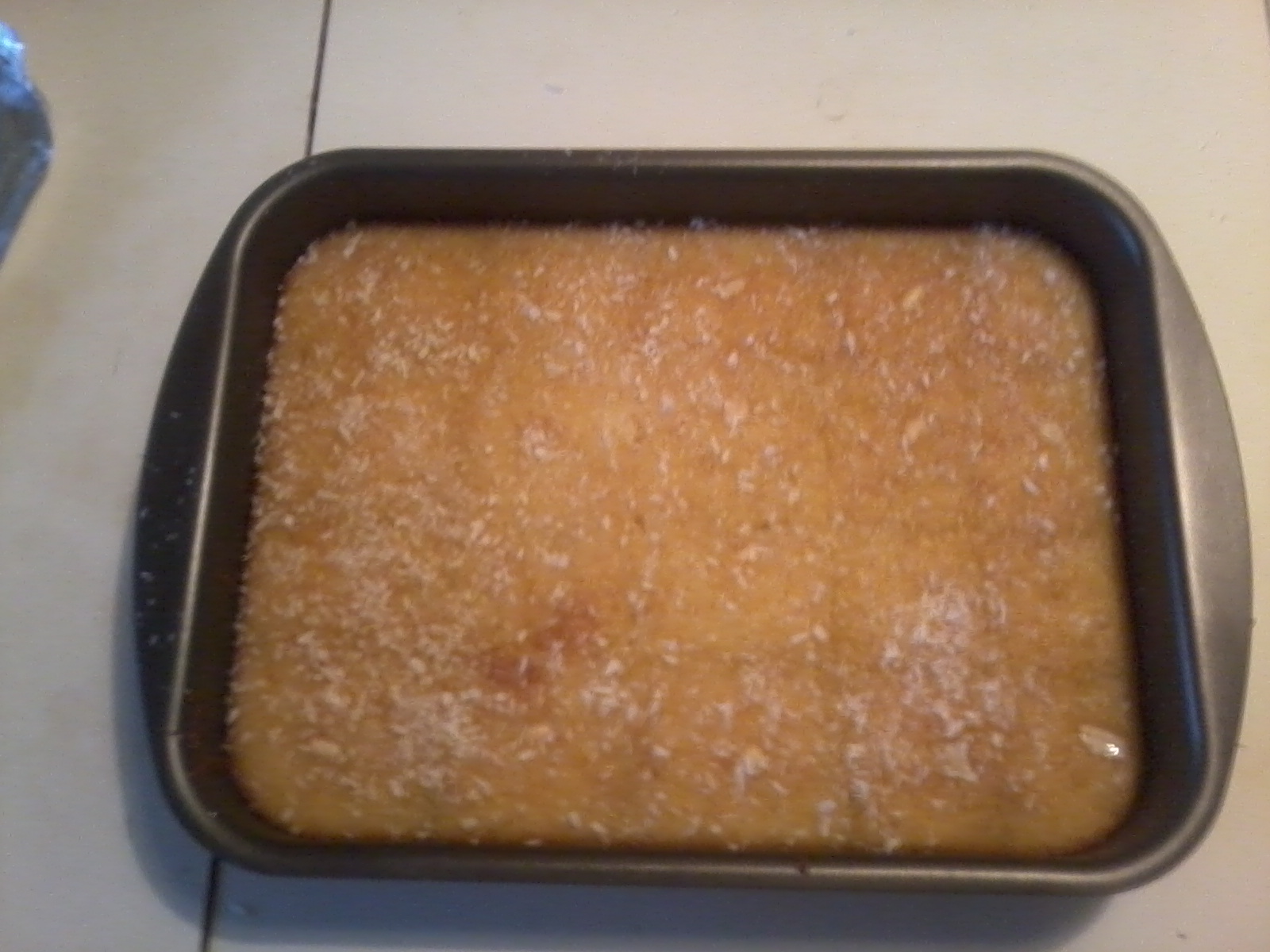Project summary
The aim of the project was to examine a celebration of Valentine's Day and Valentine's Day celebration in Turkey and bake the cake.
We exchanged cake recipes, according to which Turkish students prepeared Estonian and Estonian students baked Turkish cake recipe. Project completed in three different gain of the cake, which where commonly eaten. Cakes were successful and we got an interesting experience and the taste sensation.
The project summary where we added a recipe book, a photo gallery of Valentine's pastries and Feedback
Feedback survey
|
Questions
|
Pärnu - Estonia
|
Vana-Vigala - Estonia
|
Erzincan - Turkey
|
|
What did you like most on the project?
|
We liked practical work-preparing the Turkish cake
|
We liked the idea of getting new contacts.
Our girls really liked to communicate in the E-Twinning and also they added each ohter in the Facebook.
It was fun to make the Turkish cake together.
|
|
|
What could have been done better?
|
More interacting
|
Some of our students would like take the time for twinning from the time of lessons.
|
Yes. We are willing to work with recipes, and try them at our school.
<span lang="EN" style="color: rgb(102, 102, 102); font-family: apercuregular; font-size: 12pt; mso-fareast-font-family: " times="" new="" roman";="" mso-bidi-font-family:="" "times="" mso-ansi-language:="" en;="" mso-fareast-language:="" et;"="">Thank you for working with us on this project.
|
The recipe book
Estonian cake recipe - Pärnu
Estonian crumb cake "Purukook"

29
400 g (3 1/3 cups) all-purpose flour (1/3 to 1/2 can be spelt or wholemeal flour)
85 grams (3 oz) caster sugar
a pinch of salt
200 g (7 oz or 2 Tbsp less than 2 sticks) cold butter, cubed
1 egg
Filling:
500 g thick jam/marmelade
Line a 25x35 cm cake tin or a Swiss roll tin with a parchment paper or butter generously.
Preheat the oven to 200 C/400 F.
Measure the flour, sugar and salt into a mixing bowl. Add the butter and using a knife or your fingers, cut and mix until the mixture reminds of a wet sand. (You can do it in your food processor).
Transfer about 1/3 of the mixture into a small bowl and put aside - this will be your crumb mixture. (Feel free to add a handful of desiccated coconut to this mixture, or perhaps some cinnamon or other spices).
Add the egg to the remaining mixture and combine until wet crumbs form. Scatter into the cake tin, spread evenly and then press down with the palm of your hand.
(If your filling is on the soft side, you may want to pre-bake the base for about 15 minutes, until golden.)
Spread the filling evenly over the (partially baked) base. Scatter the crumb mixture evenly on top.
Bake in the pre-heated oven for about 30 minutes, until the crumb mixture is light golden brown.
Remove from the oven and leave to cool before cutting into small bars.

Sand cake, in Estonian Liivakook: - Vana-Vigala
Sand cake- liivakook
6 cups flour
1 tsp baking powder
juice and peel of one orange
1/2 lb unsalted butter (2 sticks)
1 1/2 cups sugar
1 tsp vanilla
2 eggs (whipped)
3/4 cup milk
Combine flour, sugar, baking powder, and butter. Using either a pastry blender or a knife, cut these combined ingredients until they become a coarse mixture. Add the grated orange peel and juice. Make a hole in the mixture, and slowly add the whipped eggs. Keep cutting and add the milk. Use your hands to form the dough, but do not knead.
Preheat oven to 350F. Divide the dough into sixths. Roll out 1/6th onto a floured board. Using a sheet of regular 8.5 x 11 paper, roll out dough so that it is at least this size, with about a 1 inch overhang. carefully place the dough on a greased thin cookie sheet. Bakefor 11-12 minutes or until light brown. Immediately after baking, cut the baked crust to the size of the paper, reserving the overhang (this will be used to make the crumbs on top). Repeat this procedure 5 more times with the remaining dough.
Filling:
A.
3 small packages of vanilla pudding mix (slow-cook, not instant)
3 cups of milk ( this will be 1/2 of the amount called for on the pudding boxes)
1 lb sweet butter (4 sticks)
B.
3-12 oz jars of plum preserves
Cook the pudding according to the package instructions, using 1/2 the amount of milk. Cream the butter and mix it into the cooled pudding.
When the cakes have cooled, put one layer onto a cake plate (I place a piece of foil under the edges of the cake on all sides to help spread the crumbs and keep the plate clean). Spread it with the (B) plum preserves. Place the second layer on top of the first, and spread it with the (A) pudding filling. Repeat until finished. Frost the top and sides of the cake with a thin coating of the pudding filling. Put the leftover cake pieces into a food processor and blend to make crumbs. Press the crumbs 1/4 inch thick onto the top and sides of the cake. Chill for 2-3 days before serving to allow the flavors to blend.
Traditional Turkish Cake Recipe (Revani)
INGREDIENTS
o 
For The Cake:
o 3 eggs
o 1/2 cup sugar
o 3 tbsp. flour
o 3/4 cup vegetable oil
o 1 cup uncooked semolina
o 1 cup plain yogurt
o zest of 1 lemon
o 1/4 cup finely ground hazelnuts
o 1/2 tsp. baking soda
o 2 tsp. baking powder
o 1 tsp. vanilla
o ground nuts and coconut flakes for garnish
o For The Syrup:
o 3 cups sugar
o 3 cups water
o juice of 1/2 lemon
- Prep Time: 20 minutes
- Cook Time: 30 minutes
Before you start making the cake, prepare the syrup to give it time to cool down. Begin by mixing the sugar and water in a medium saucepan. Turn the heat on high and bring the mixture to a boil while continuously stirring it. Once it boils, reduce the heat to low and let the syrup boil gently for about 10 minutes with the cover off. Add the lemon juice toward the end. Turn off the heat and let the syrup cool down while you make the rest of the recipe.
In a large mixing bowl, whisk together the eggs and sugar first. Whisk the mixture briskly for several minutes until the sugar dissolves. The more you whisk, the better your 'revani' will turn out. Next, add the oil, lemon zest and yogurt and whisk for several minutes more. Last, add the dry ingredients and mix together well until you have a smooth batter.
Pour the batter into a greased 10 x 12 inch baking tray. Bake in a 350° F/ 175° C oven until the top is nicely browned and a toothpick inserted in the center comes out clean. Once you remove the pan from the oven, let it rest for about five minutes. Cut the cake into portion-sized squares or rectangles while still in the pan. Using a large spoon, slowly drizzle the cool syrup all over the cake and let it soak in. When you've used up all the syrup, cover the cake with foil and refrigerate it for several hours.
Before serving, garnish each square of cake with a pinch of coconut and ground nuts. You can also make orange-flavored 'revani' by substituting the lemon zest and juice with orange zest and juice. Or, you can eliminate the lemon all together and use rose water instead to give the cake a wonderful rose aroma.
Gallery